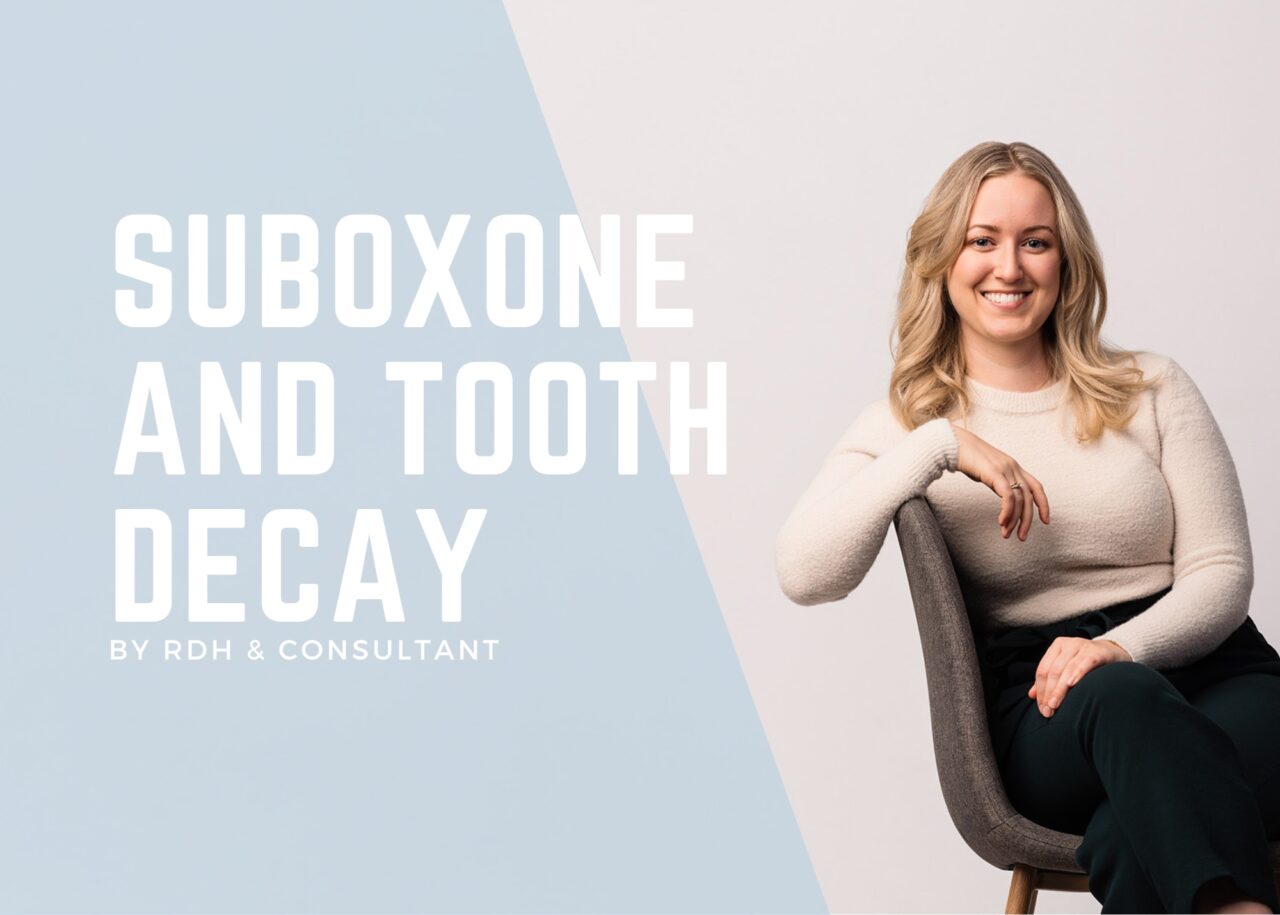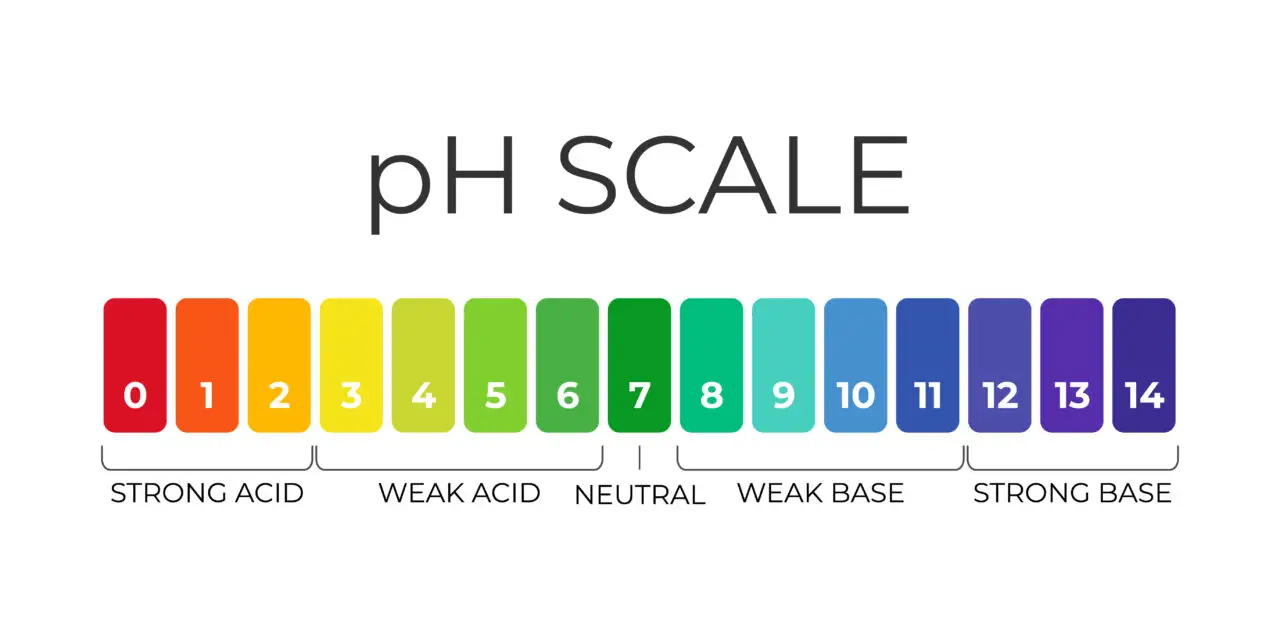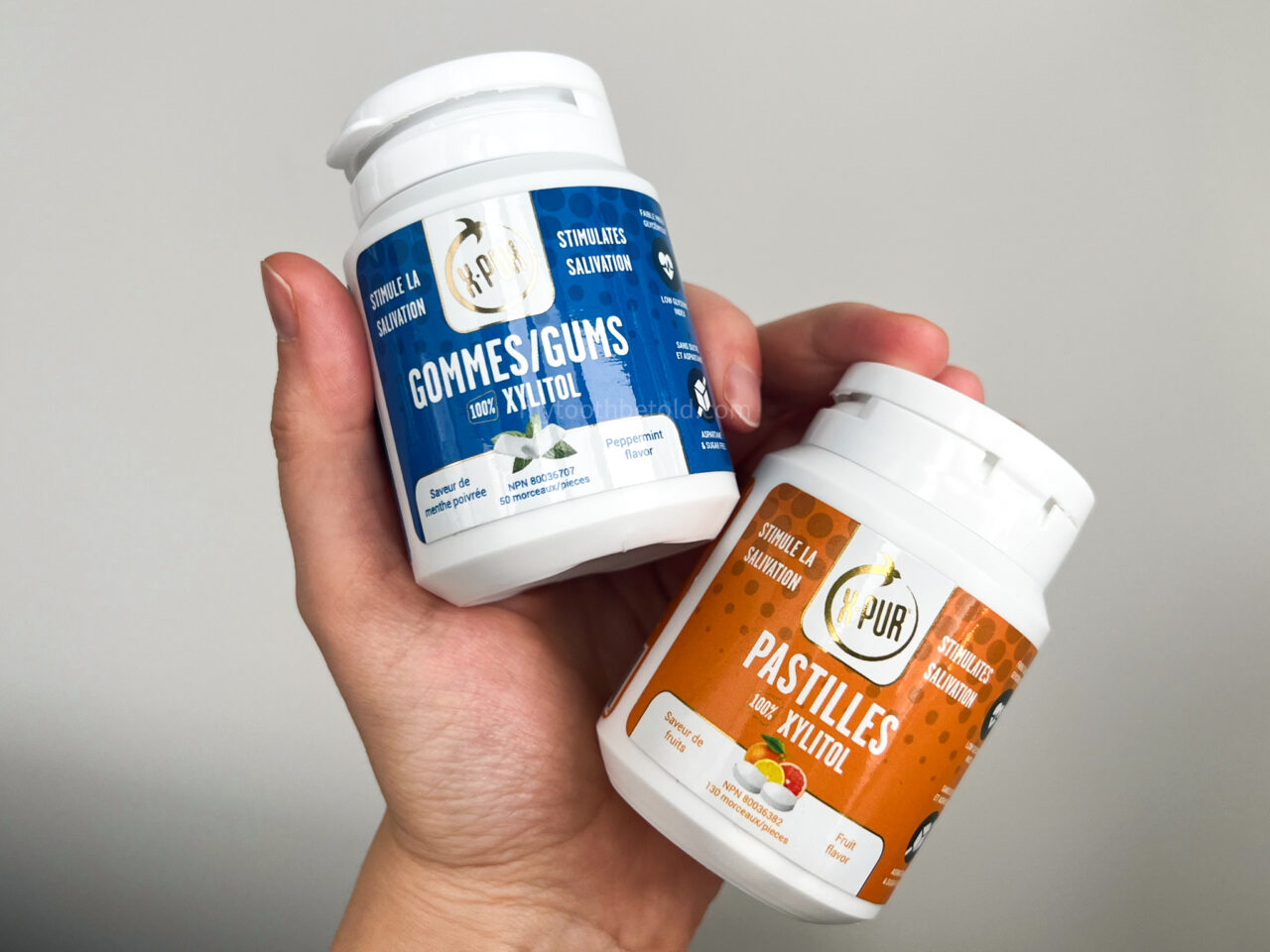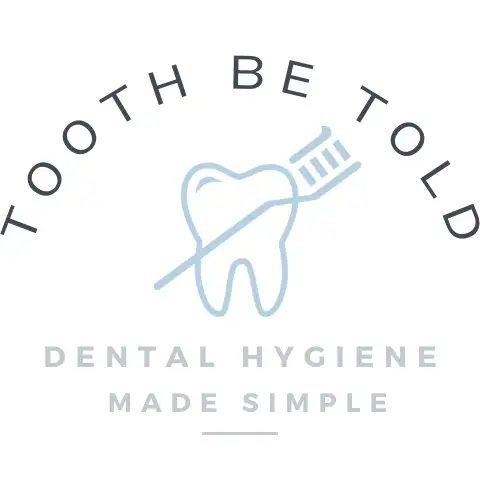
As a dental hygienist, I have seen firsthand the effects of medications like Suboxone on oral health, particularly in patients undergoing treatment for opioid addiction. Understanding the impact of pH levels and the side effects of this medication is crucial for maintaining oral health and overall well-being.
Suboxone has a pH level of 3.4, which is lower than the pH levels that can start to soften enamel (5.5 pH) and root surfaces (6.5 pH). Dry mouth, a prevalent side effect of Suboxone usage, can contribute to dental issues such as tooth decay, halitosis, and gum disease.
Keep reading to learn more about how Suboxone affects oral health, the importance of pH levels, and tips I give my patients for managing dry mouth and maintaining healthy teeth.
Understanding pH Levels and Oral Health
The pH level in your mouth plays a critical role in maintaining oral health. Here’s a brief overview:
- pH of Suboxone: Suboxone has a pH of 3.4, which is highly acidic.
- Enamel and Root Surface Vulnerability: Enamel starts to soften at a pH of 5.5, and root surfaces begin to soften at a pH of 6.5. Prolonged exposure to low pH levels can lead to significant tooth erosion and decay.
Below, you can see the pH scale and where Suboxone falls on the scale (yellow; pH of 3.4).

The Impact of Suboxone on Oral Health
Acidic Environment:
- Suboxone’s low pH creates an acidic environment in the mouth, increasing the risk of enamel and root surface erosion. Over time, this can lead to cavities, sensitivity, and tooth decay.
- Teeth can also become more stained. When the mouth is acidic and the tooth surface is soft, it absorbs pigment and can stain.
Dry Mouth (Xerostomia):
- A common side effect of Suboxone is dry mouth, which reduces saliva production. Saliva is essential for neutralizing acids, washing away food particles, and providing disease-fighting substances throughout the mouth.
- Lack of saliva inhibits the remineralization process of the teeth, making them more susceptible to decay.
Increased Bacterial Growth:
- A dry mouth also creates an environment where bacteria can thrive, further increasing acidity and the risk of dental problems. This is also attributed to the lack of saliva to rinse away the bacteria, so more accumulate.
Managing Dry Mouth and Maintaining Oral Health
A dry mouth is one of the most detrimental conditions for the mouth. As a dental hygienist, I see many of my patients who suffer from dry mouth, and often, they do not realize they have dry mouth until they have lost 40-50% of their saliva.
I can see the effects of dry mouth in these patients and review their medical history to educate them on why they may be experiencing it.
Below is a brief overview of what I discuss with my patients.
For more information and resources on managing dry mouth, visit our Dry Mouth Resources Page.
Hydration:
Drink plenty of water throughout the day to keep your mouth moist. However, you do not want to rely on this because water does not contain the essential nutritive components of our saliva. The saliva is more viscous, lubricates the teeth, and has good bacteria, white blood cells, and enzymes contributing to good oral health.
Saliva Substitutes:
Use over-the-counter saliva substitutes or mouth rinses designed for dry mouth. When choosing a saliva substitute, you want it to be more than just a lubricant; it should also contain a medicament or ingredient that can inhibit the bad bacteria in the mouth that cause cavities and gum disease. A great choice is xylitol!

Chewing Gum:
Chew sugar-free gum to stimulate saliva production. Xylitol-containing gum is especially beneficial as it helps reduce bacteria that cause decay.
For xylitol-containing products, I recommend using ones with at least 1 gram per serving, and you will want to consume 5-7 grams daily. Chew the gum immediately after eating or drinking anything but water. The xylitol will have to stimulate the salivary glands to produce more saliva and also starve out the cavity-causing bacteria.
Good Oral Hygiene:
Brush twice a day with a remineralizing toothpaste and clean between your teeth daily. Consider using toothpaste with minimal ingredients to avoid irritation, especially sodium lauryl sulphate (SLS) and triclosan.
Regular Dental Visits:
Schedule regular check-ups and cleanings with your dentist to monitor and manage any dental issues early on. Prevention is the cheapest form of dental treatment. Have X-rays done so the dental professional can see the areas they cannot see with the naked eye. We do not have X-ray vision; we cannot properly diagnose and assess your oral health without X-rays.
Avoid Sugary and Acidic Foods:
Limit consumption of sugary and acidic foods and beverages that can exacerbate enamel erosion.
It is not the amount but the frequency with which you consume sugary and acidic foods/drinks.
Each time you take a bite or a sip, it can take your mouth at least 30 minutes to buffer out the acid to make the mouth a neutral pH. Let’s say you are eating and drinking every 30 minutes; your mouth will be in a constant acidic state.
Read now: How to Relieve Tooth Sensitivity
If you or someone you know is taking Suboxone, it’s important to be aware of its potential impact on oral health. Understanding the role of pH levels and managing dry mouth can help mitigate these effects and maintain a healthy smile.
With smiles,
Holly 🙂
References:
